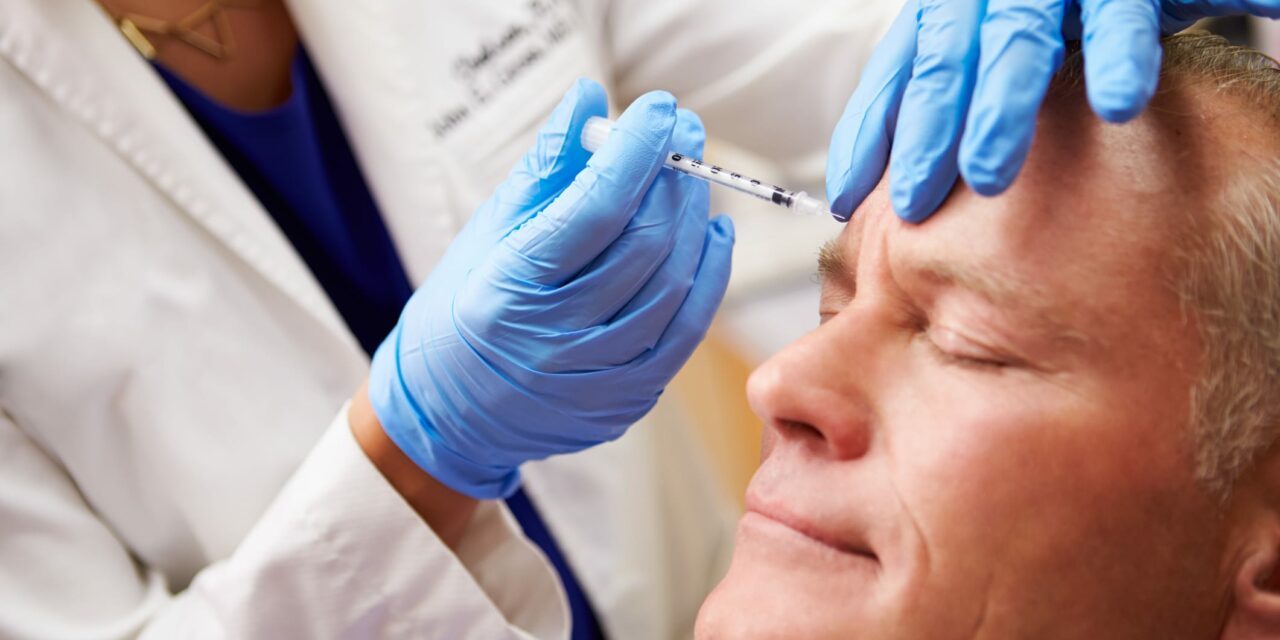Recent advancements in neurotoxin application techniques focus on enhancing precision and safety while optimizing patient outcomes in cosmetic medicine.
With the growing demand for non-invasive cosmetic procedures, neurotoxin application techniques have seen significant innovations aimed at improving outcomes and patient experiences.
Neurotoxins like Botox and Dysport are primarily used to relax facial muscles, reducing wrinkles and fine lines. Advances in molecular technology have led to the development of newer neurotoxins with varying potencies and duration of effect, allowing for customized treatments based on patient needs and response patterns.
Precision in Application
Technological advancements such as dynamic muscle testing and real-time ultrasound have improved the precision of neurotoxin injections. These techniques ensure the toxin is accurately delivered to the targeted muscles, minimizing diffusion and unintended effects.
Minimizing Side Effects
The precise application also helps in reducing side effects. Innovations like micro-dosing and the use of adjunct therapies such as cooling devices or topical numbing agents enhance patient comfort and decrease the incidence of bruising and swelling.
Personalized Treatment Plans
Tailoring neurotoxin treatments to individual facial anatomy and aesthetic goals is a trend gaining traction. Detailed facial assessments and muscle movement analysis are essential in creating personalized treatment strategies. This approach not only ensures more natural-looking results but also enhances patient satisfaction by aligning expectations with outcomes.
Training and Continuous Learning
The evolution of neurotoxin application techniques has underscored the need for continuous learning and skill enhancement among practitioners. Training now includes advanced courses on anatomy, technique, and the pharmacology of neurotoxins, often supplemented by virtual and augmented reality tools.
These educational platforms simulate various treatment scenarios, providing practitioners with a hands-on, immersive learning experience that enhances their ability to perform precise injections safely.
Future Directions
Looking ahead, the integration of artificial intelligence in cosmetic treatments promises to further revolutionize neurotoxin applications. AI could potentially provide real-time feedback during injections, suggest optimal treatment plans based on vast datasets of patient outcomes, and even automate certain aspects of the treatment process, ensuring high precision and consistency.
As the field of cosmetic neurotoxin applications continues to advance, practitioners must remain at the forefront of technology and technique to provide the best possible outcomes for their patients. Embracing innovative approaches and ongoing education are key to achieving excellence in this rapidly evolving field.
Photo 40125956 © Monkey Business Images | Dreamstime.com



